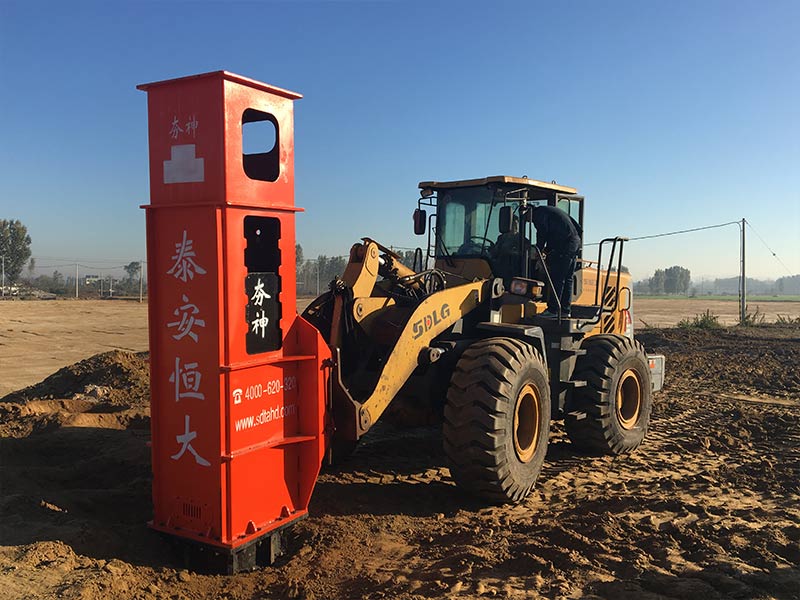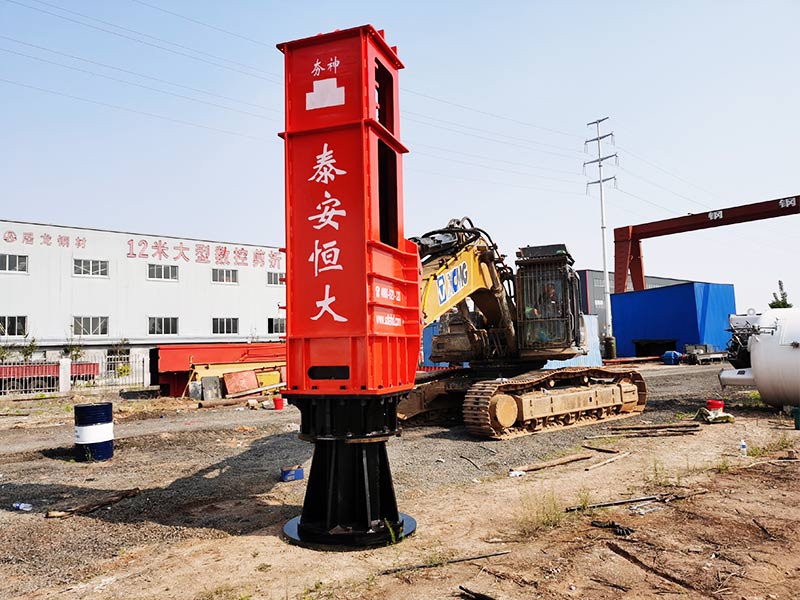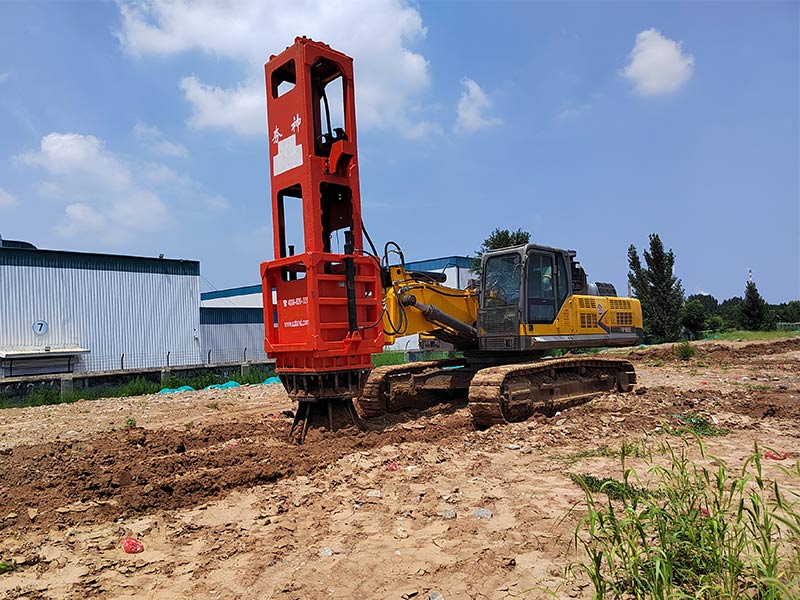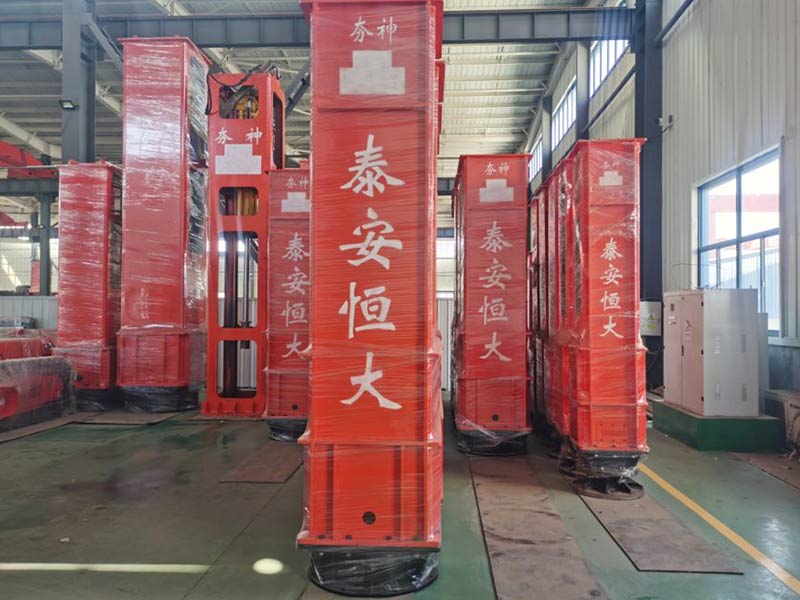What happens when soil is too compacted? - HENGDA RIC
updatetime:2023-02-15 15:05:33 pageviews:327views
A compacted soil has a reduced rate of both water infiltration and drainage. This happens because large pores more effectively move water downward through the soil than smaller pores. In addition, the exchange of gases slows down in compacted soils, causing an increase in the likelihood of aeration-related problems.

With RIC the total energy input will have a major influence on the depth of compaction. With the rapid impact compactor the energy per blow is very much smaller than conventional DC and the fixed energy per blow of typically 8.4 t.m is not the major influence on the depth of compaction due to the progressive top down improvement of the treated ground. Of much greater significance to the effective depth of compaction is the number of blows at a compaction point or the energy applied overall to the ground surface. For typical impact spacing, 35 blows will impart about 170 tonne.m/m2 of energy. This level of energy input has produced significant compaction to depths between 3 and 4 m in non-engineered generally granular fill and up to about 3 m in natural sand and silty soils using a 7 t hammer.

Preliminary trials are an important pre-requisite to any extensive RIC works. Furthermore, as the main RIC works are proceeding, ongoing monitoring and testing is necessary to ensure that the appropriate amount of energy is being applied to the soil profile and that performance requirements are being met. The compaction trial, in particular, is important for the evaluation of ground response. The optimal number of blows per pass is typically taken as the value beyond which continued blows produce negligible further penetration of the compaction foot.

Loess is a worldwide problematic soil and gives rise to a geohazard in the context of the built environment. This provides the engineering geologist with the challenge of achieving satisfactory site characterisation and prediction of engineering behaviour, and the geotechnical engineer with the challenge of providing practical and satisfactory ground improvement solutions and therefore foundation behaviour. The soil response to RIC is dependent on soil properties, principally degree of saturation; moisture content and plasticity. These aspects warrant further investigation and research in respect of any time dependent improvements in higher plasticity, more saturated loess soils. The particular advantages of the RIC technique compared to conventional “drop weight” dynamic compaction (DC) have been highlighted. The RIC technique therefore potentially provides a ground improvement option, which dependent upon site specific circumstances (particularly geotechnical properties and site characterisation), could potentially be given consideration for reducing risk in these problematic soils in loess regions in the context of low-rise structures.

The RIC employs an on-board computer to control impact set termination criteria, and to record critical data. So the machine is accurately controlled from the excavator cab, and the degree of compaction is electronically monitored. The monitor can be set to halt impacting on a footprint once the design set is reached. Thus, wasting energy is avoided, and performance and production rates can be improved. The data stored in the monitor can be downloaded to a PC and analysed, evaluated and printed.

